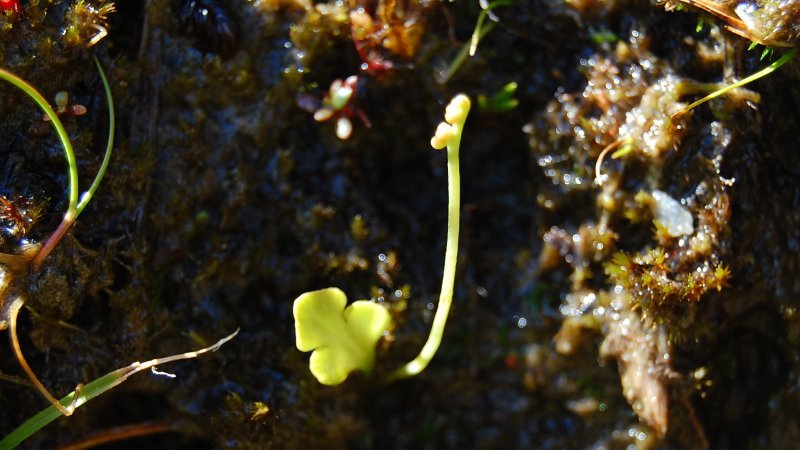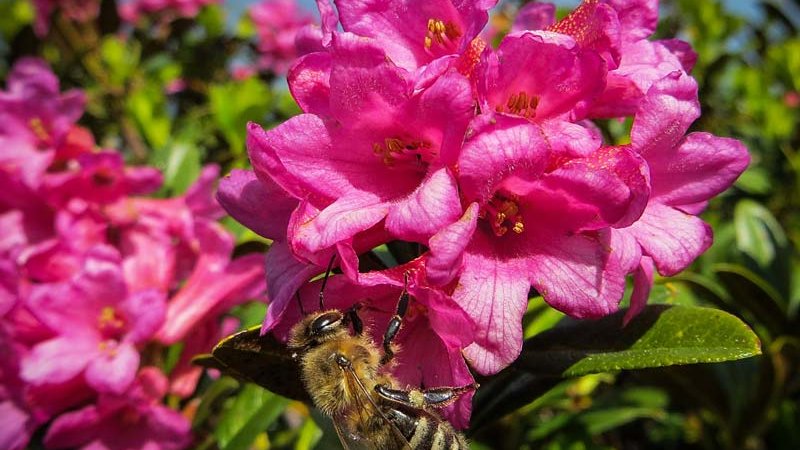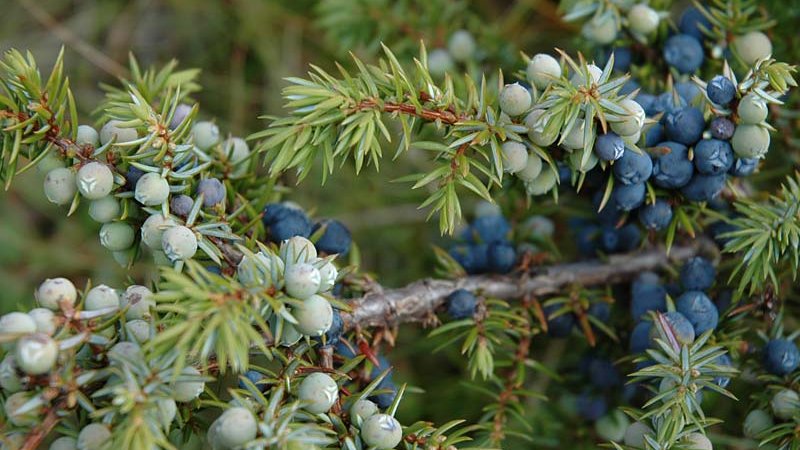Climate Geology Protected areas Science + Research Natural disasters Park culture Regional development Nature + Culture > Flora – Fauna – Ecosystems The alpine zone From the alpine zone (alpine meadow ecosystem) upwards, there is no protective tree cover and therefore living organisms are often exposed to extreme weather conditions. The slope exposure in regards to sun exposure plays a decisive role in terms of the prevailing vegetation. The dominant form of vegetation in the alpine zone is the Dwarf-Shrub Heathland, which is heavily populated by the rusty-leaved Alpine rose (Rhododendron ferrugineum) or the Siberian Juniper (Juniperus sibirica) in the Ötz valley. At this level, the period of snow cover is a decisive ecological factor. Exposed areas where the snow is blown off during winter, such as knolls and ridges, one can find different species of plants in contrast to those found in depressions. In the latter spots, where snow can remain for 8 months or more, one finds vegetative populations adapted to deep snow bases. These plants are well adapted to extremely short growing seasons and permanently wet ground.
The Snowbe Alpenrosed or Dwarf Willow (Salix herbacea), the smallest tree in the world, which only grows a few centimeters high, is found here. The alpine meadows with their short blooming season in summer are dominated by grasses; more specifically Sedge populations. Asexual growth (shooting) plays an important role in the reproduction of the Sedge (Carex cuvula). The shoot populations (clusters) grow about 0.9 mm per year. An impressive rarity in the Ötz valley alpine zone is the Little Grapefern (Botrychium simplex) which is highly endangered throughout Europe and only grows at five isolated sites around Vent. A remarkable rediscovery close to Obergurgl is the green algae Staurastum gurgeliense. After about 100 years from its “disappearance,” it was rediscovered in 1996 and described in detail by experts from the University of Innsbruck.

Alpine rose

Juniper

Alpine rose












